How does Bluetooth work?
The short answer
Bluetooth works by using ultra high frequency radio waves to send data between over short distances.
The long answer
Bluetooth allows for the transfer of data wirelessly via radio waves over short distances. Bluetooth uses a range of frequencies in the 2.4 GHz band. This means Bluetooth-transferred data travels on radio waves that are oscillating 2.4 BILLION times per second.
Before we go any further, it's helpful to have a metaphor in your head in case you're new to ultra high frequency radio like me. You can think of the 2.4 GHz band like a highway that has various lanes (channels) that cars (data) can drive on. Bluetooth has 79 designated channels (lanes) on that 2.4 GHz data highway (each of which is 1 MHz in bandwidth).
"Cars in traffic in Auckland, New Zealand" by Kiwiev is licensed under CC0 1.0
Bluetooth works by first pairing two devices together. During pairing, two devices exchange information about their capabilities and establish a shared secret key that they will use to encrypt their communications. This helps to ensure that only the two paired devices can communicate with each other, and that no one else can intercept or access their data. This is why you have to manually pair a new wireless mouse or keyboard the first time you use it.
Once two devices are paired, there is then a problem of how you can ensure data gets passed successfully from one to another. With only 79 channels (highway lanes) and lots of other Bluetooth pairings going on, there's a possibility of two Bluetooth exchanges using the same channel and causing data loss (or think of it like a car crash).
Enter adaptive frequency hopping. This is technology used to allow for Bluetooth devices to hop between different frequencies in the 2.4 GHz band at a rate of 1,600 hops/second. This means the chances that two devices using the same frequency at the same time are extremely low. But as an additional layer of prevention, channels are dynamically tracked to identify ones that are busy and avoids them during this rapid frequency hopping.
All of this is happening behind the scenes on invisible-to-the-naked-eye radio waves so you can listen to your latest favorite tune on your wireless earbuds. Like I said, magic!
🧠 Bonus brain points
Why is it called "Bluetooth"?
In the 10th century there was a King Harald Bluetooth (the Anglicized version of the Scandinavian Blåtand/Blåtann) who united various Danish tribes into a single kingdom. One of the founders of Bluetooth suggested naming the technology after the king as a sort of analogy to the way the tech unites various devices. The logo is based off of King Harald's initials, Hagall (ᚼ) and Bjarkan (ᛒ).
Curious about how the world works?
Today You Should Know is a free, weekly email newsletter designed to help you learn something new every Friday.
Subscribe today 👇
Sources
Franklin, C., & Pollette, C. (2021, February 10). How Bluetooth Works. HowStuffWorks. Retrieved March 19, 2023, from https://electronics.howstuffworks.com/bluetooth.htm
Harris, M. (2021, August 12). 2.4 vs. 5 GHz WIFI: What's the Difference? Leads Rating. Retrieved March 19, 2023, from https://www.leadsrating.com/wifi-systems/2-4-vs-5-ghz-wifi-whats-the-difference/
Institute of Physics. (n.d.). Bluetooth. Institute of Physics. Retrieved March 19, 2023, from https://www.iop.org/explore-physics/physics-around-you/technology-our-lives/bluetooth
Marcel, J. (2020, November 15). How Bluetooth Technology Uses Adaptive Frequency Hopping to Overcome Packet Interference. Bluetooth Blog. Retrieved March 19, 2023, from https://www.bluetooth.com/blog/how-bluetooth-technology-uses-adaptive-frequency-hopping-to-overcome-packet-interference/
Proctor, B. (2021, August 19). Bluetooth Vs. Bluetooth Low Energy: What's The Difference? [2021 Update]. Link Labs. Retrieved March 19, 2023, from https://www.link-labs.com/blog/bluetooth-vs-bluetooth-low-energy


